
There’s something enchanting about stumbling across an old piece at a vintage fair, or even in your grandmother’s attic. But how do you know if the dusty old piece that you found is a hidden treasure, or just another charming knick-knack? Determining the value of an antique is a blend of knowledge and a little detective work. Here’s a workup to help you separate the priceless from the passable.
Check For Maker’s Marks And Signatures
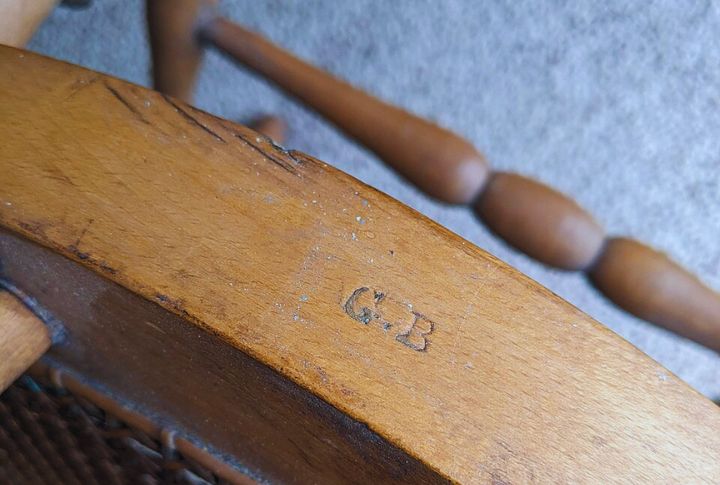
Flip it, turn it, and examine every inch. Most valuable antiques carry some kind of signature: stamps, engravings, or hallmarks suggled away on the underside or back. Famous names can turn a modest-looking piece into a serious investment. Use a magnifying glass to spot faint markings, then compare them with trusted online databases.
Assess The Item’s Age
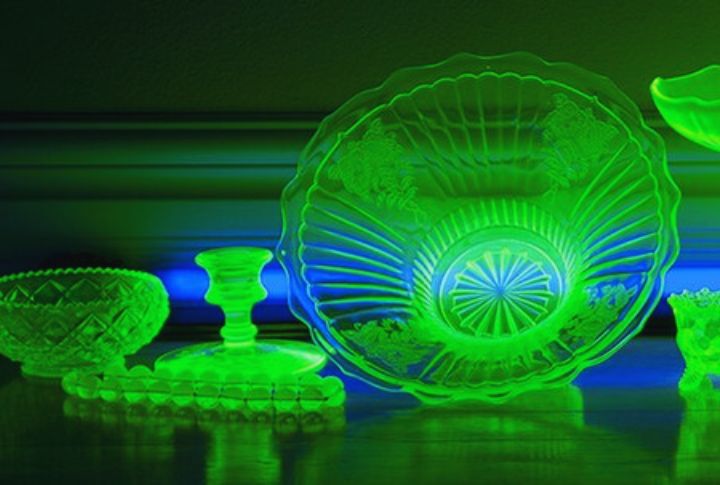
A genuine antique is typically 100 years old or more, while vintage items fall in the 20–99-year range. But older doesn’t always mean more valuable. Study design trends and manufacturing techniques from various eras. For more precise dating, UV light can help detect newer paint or restoration, and provenance (its ownership trail) adds credibility.
Evaluate Condition Carefully
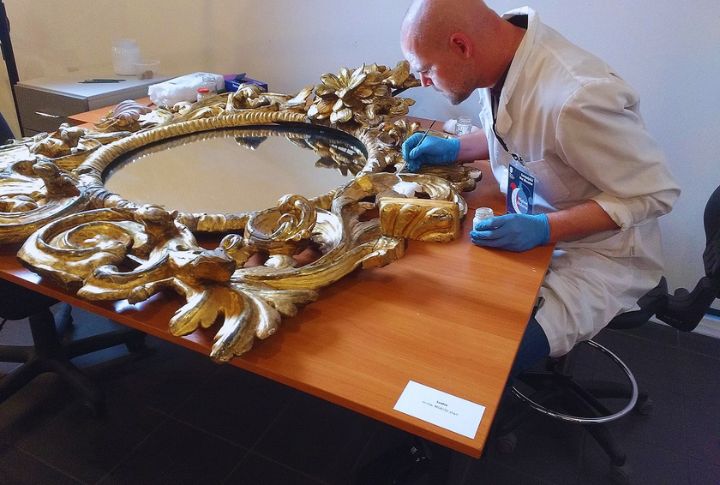
Collectors prize authenticity, but condition plays a big role in value. Look closely for cracks, chips, missing parts, or any signs of repair. Surprisingly, a bit of wear can confirm age and add charm. However, over-cleaned or clumsily restored items may lose appeal. Professional restoration can preserve the value that DIY can’t.
Identify The Materials Used

Materials reveal more than what meets the eye. A certain type of raw material is usually an indicator of quality. A quick magnet test helps detect real silver. Look at the grain of the wood, how the glaze has settled on pottery, and signs of oxidation on metals. Synthetic or machine-made elements often mean the piece is either newer or mass-produced.
Look For Signs Of Handcraftsmanship

Before factories, most items were made by skilled hands. Irregular stitching and slight asymmetries in carving may signal craftsmanship. Hand-cut dovetail joints in furniture, for example, are a solid clue of the pre-industrial age. Tiny imperfections are also a mark of originality. Compare with mass-produced replicas to spot the differences.
Research The Item’s Rarity
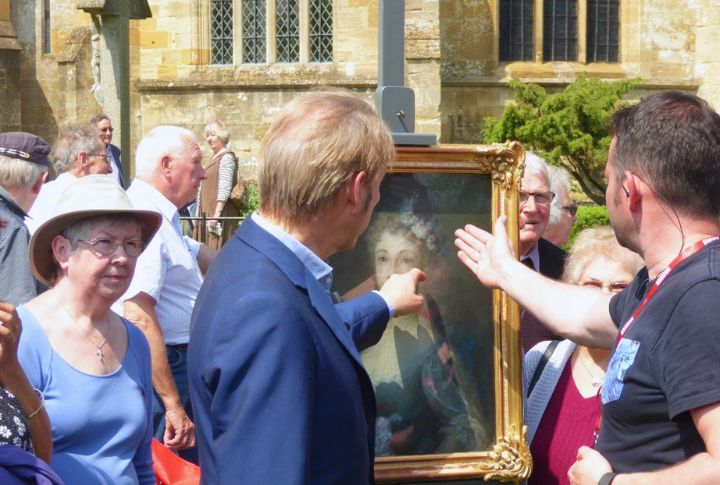
Rarity often drives value. Limited production runs or factory shutdowns may be worth more. Search through auction archives and antique catalogs to gauge the rarity of your item. One-of-a-kind or artist-signed pieces are highly sought-after items, especially when collectors are actively seeking them.
Understand Market Demand
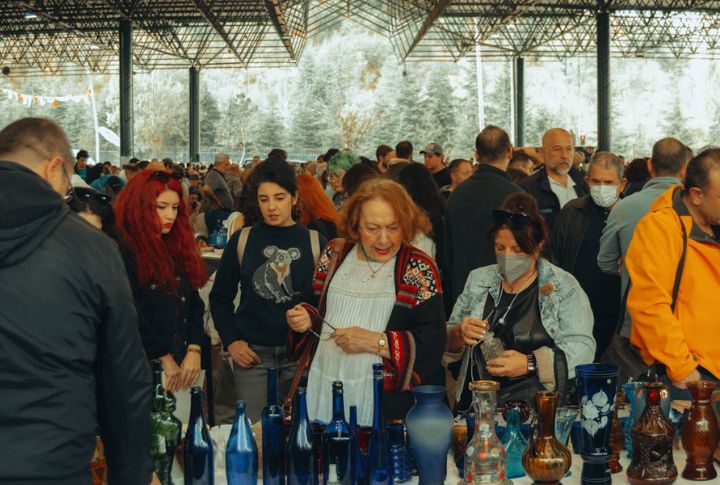
What’s in fashion? Trends in antiques rise and fall. Styles like Mid-Century Modern and Art Nouveau can experience cycles of popularity. Certain items tied to pop culture or historical events can surge in demand. Regional trends matter too. Monitor platforms like eBay, 1stDibs, and Ruby Lane to stay current.
Use Scent As A Clue
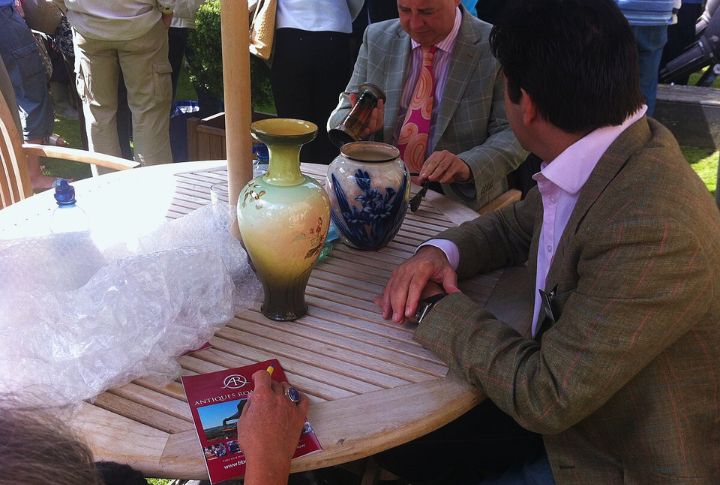
Your nose knows. Old wood, aged paper, and antique fabrics often have a distinct smell that modern materials lack. Musty, earthy, or smoky scents can suggest true age, especially in books, trunks, and upholstered furniture. Artificial or “fresh” odors may indicate newer construction or recent restoration. Just one more reason to trust your senses.
Consult Price Guides And Auction Records
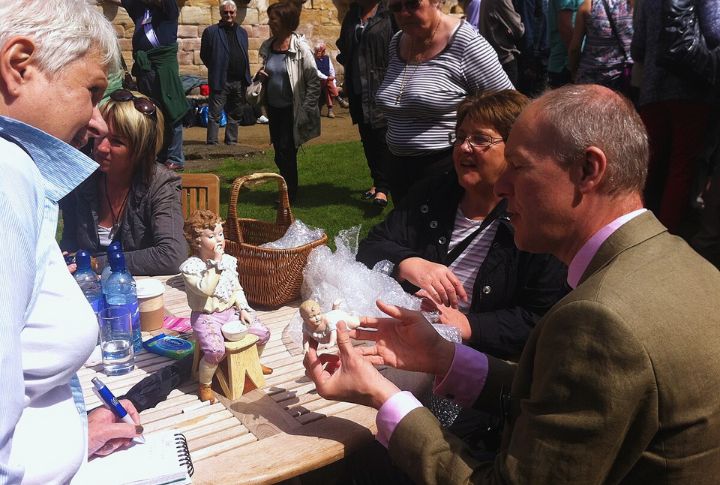
To get a real-world sense of value, look beyond list prices. Price guides, such as Miller’s Antiques Handbook, Antique Trader, or online platforms like WorthPoint, show how similar items have sold. Auction house archives also offer invaluable insights into past sale prices and historical trends.
Consider Historical And Cultural Significance
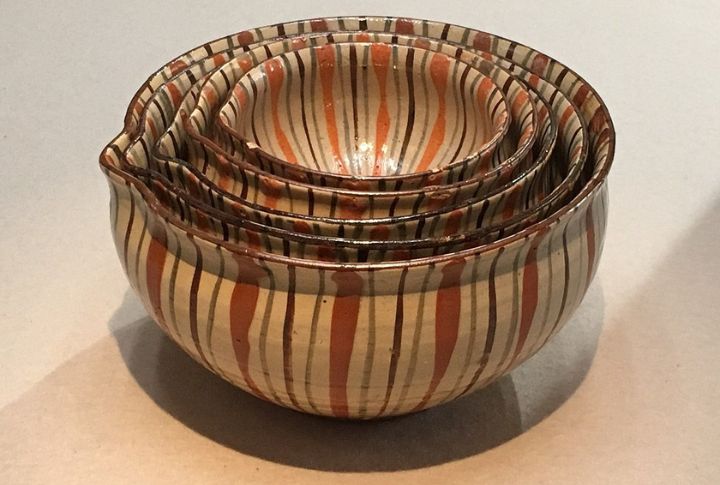
Sometimes, value isn’t just about age or material. Pieces connected to iconic events or rich cultural movements can command higher prices. Think second revolution era artifacts or retro tech. Documentation and exhibition history can add depth and value to your find.
